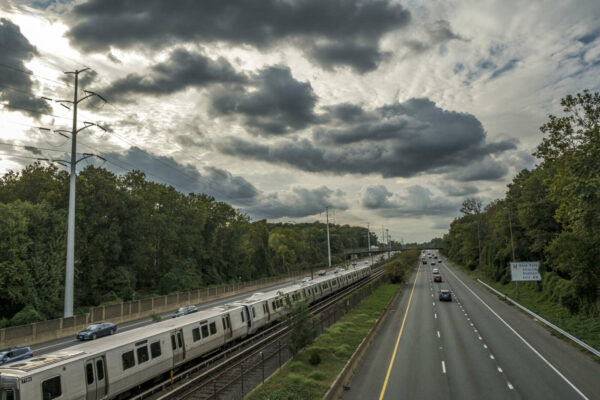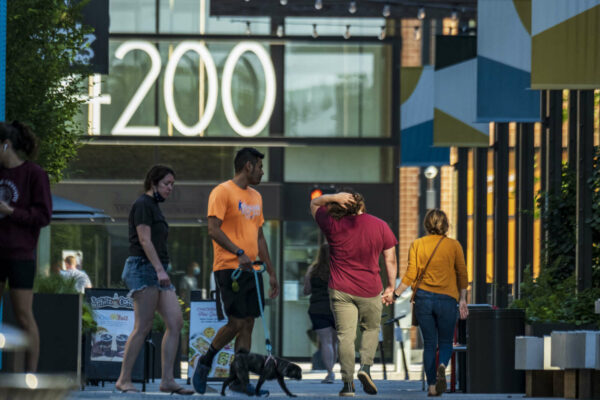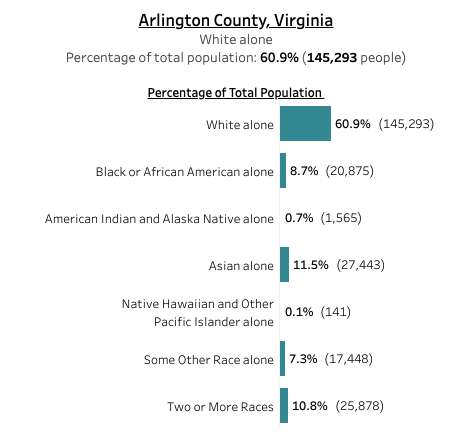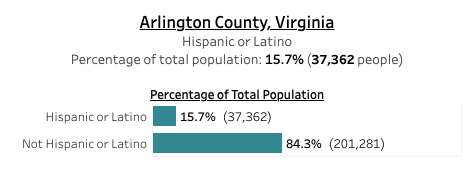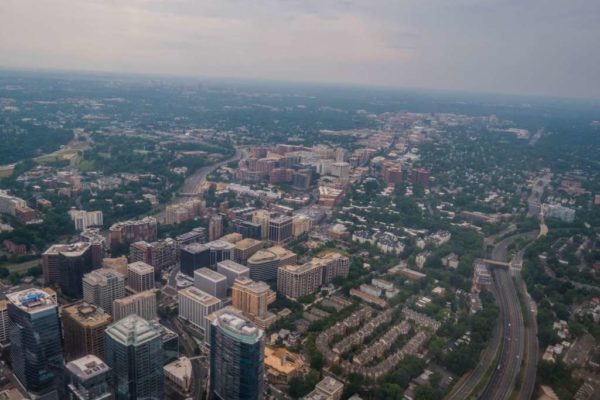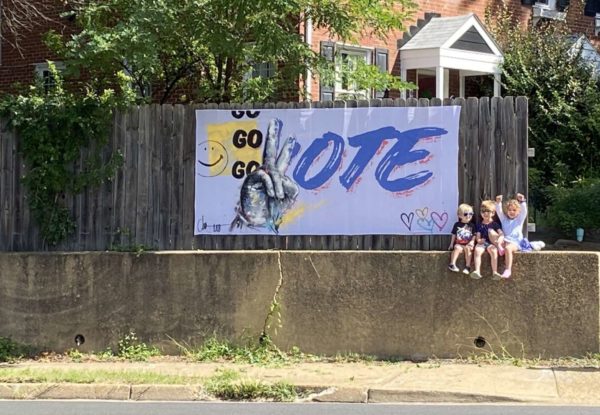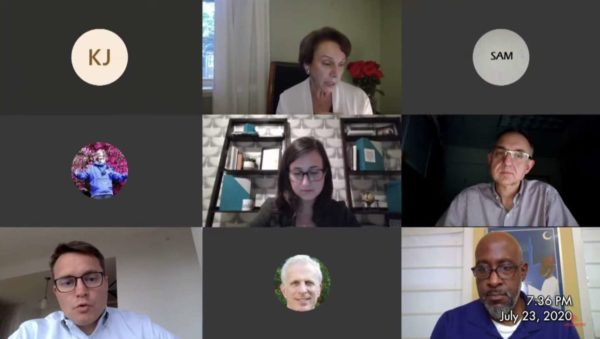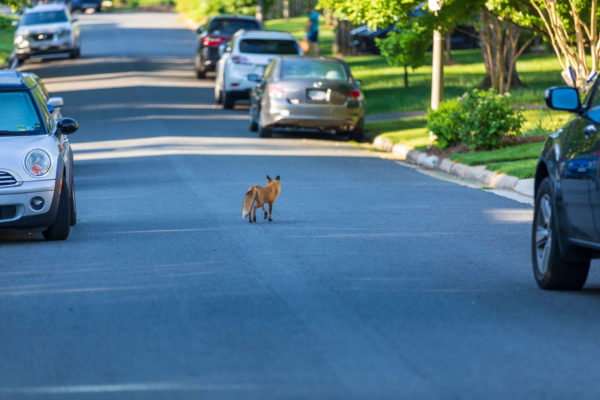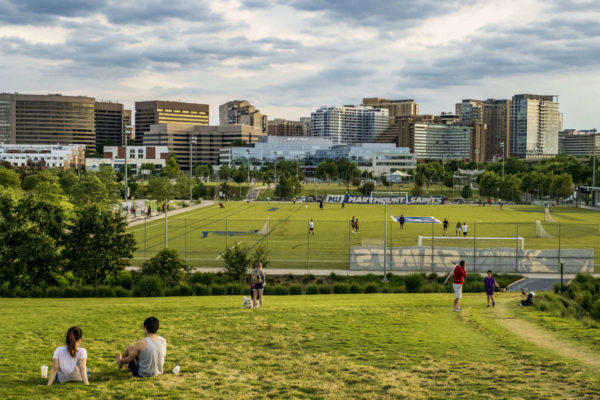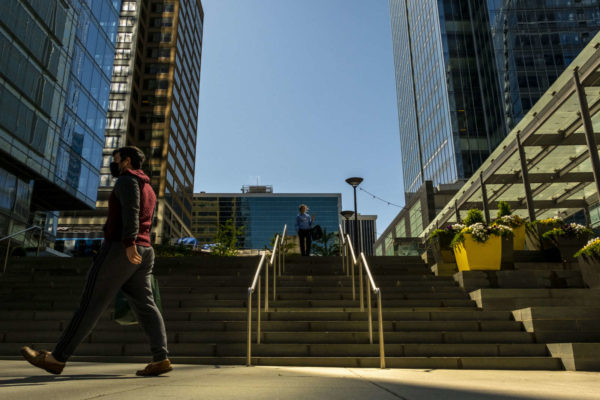
A family needs to make a bit over $84,000 to be considered middle class in Arlington.
That’s according to a new list compiled by the financial website SmartAsset. To be in the upper income tier, a household needs to make more than $250,000.
SmartAsset used Census data and the Pew Research definition of middle-income households to figure out the bounds of middle income in all 50 states and the 100 largest localities in the U.S.
At $251,302, Arlington has the third-highest upper bound of middle income in the country, according to the list. The median household income in Arlington, meanwhile, is just over $125,000.
Arlington is comparable to No. 2 San Jose, Calif., in Silicon Valley, which has an upper bound of $252,754. Topping the list is another Silicon Valley locality, Fremont, at $311,936. Fremont, home to a major Tesla manufacturing plant, has a lower bound is $104,499, making it the only city on the list where you can make six figures and be considered lower-income.
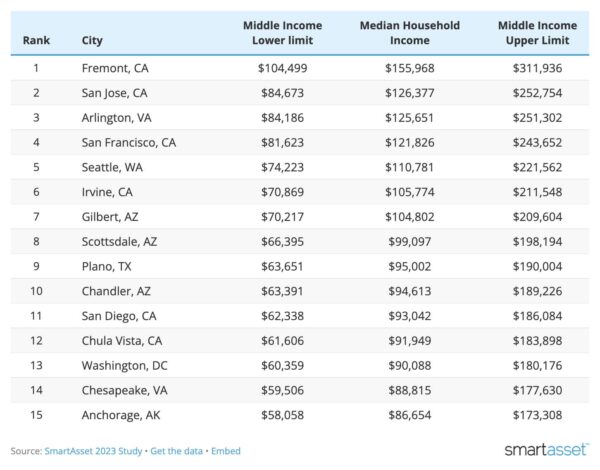
SmartAsset said education and proximity propelled Arlington into the top 3.
Arlington, situated on the banks of the Potomac River, benefits from its proximity to Washington D.C. and a highly-educated workforce. Over 76% of residents 25 and older hold a bachelor’s degree or higher, more than double the national average. The federal government is Arlington’s top employer, with the Department of Defense and a number of other agencies based there. Middle class households here earn up to $251,302 per year, while those earning less than $84,186 miss the threshold.
“A family income of $200,000 once felt like a milestone salary, but today, that qualifies as ‘middle class’ in several parts of the country,” a spokesperson for the site said.
This week the GazetteLeader reported that the average single-family home price in Arlington has reached $1.37 million.
The top 5 localities on the SmartAsset list are all tech-centric to some degree. Arlington, of course, is the home of Amazon’s HQ2 and numerous startups. No. 4 San Francisco needs no introduction and No. 5 Seattle is host to Amazon’s main headquarters.
On a statewide level, Virginia has a middle income lower bound of $54,245 and an upper bound of $161,926. That compares to $60,359 and $180,176 for D.C., $60,436 and $180,406 for Maryland, and $34,336 and $102,496 for West Virginia.



